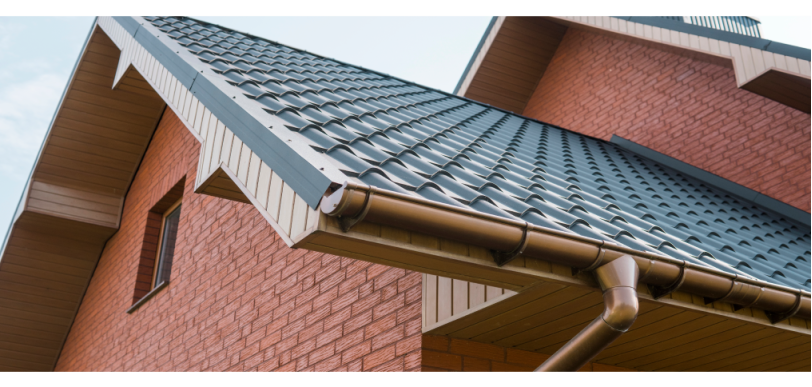Roof flashing is crucial for keeping your roof safe from water damage. Whether you’re a homeowner or a roofing contractor, it’s important to know why roof flashing matters and how to install it properly for a long-lasting roof. In this guide, we’ll go over what roof flashing is, the different types available, and share some best practices for installation. Plus, we’ll show you how technology, like RoofScope by Scope Technologies, is changing the game for measuring and installing roof flashing.
What Is Roof Flashing?
Roof flashing is a thin material, usually made from galvanized steel, aluminum, or copper, that professional roofers install around key areas of a roof. Its main job is to direct water away from spots where different parts of the roof meet, like chimneys, vents, and skylights. Without proper flashing, water could get into the roof and cause serious damage to your home’s structure.
Types of Roof Flashing
Knowing the different types of roof flashing helps you choose the right material and installation method for your project:
- Step Flashing: This is used where the roof meets a wall. It’s installed in layers to guide water down and away from the wall and onto the shingles below.
- Drip Edge Flashing: Positioned along the roof’s edges, this type directs water into the gutters, keeping it from seeping under the shingles.
- Valley Flashing: Installed where two roof planes intersect, valley flashing directs water down the valley and off the roof.
- Counter Flashing: Often paired with step flashing, counter flashing is embedded into the wall to cover the step flashing for extra protection.
- Vent Pipe Flashing: Also called boot flashing, this is used around vent pipes to prevent water from leaking around the pipe.
.png)
The Importance of Proper Roof Flashing Installation
If roof flashing isn’t installed correctly, it can lead to leaks, rot, and expensive repairs. Here are some key tips to keep in mind when installing flashing:
- Choose the Right Material: Pick a material that matches your roofing material and suits your local climate.
- Proper Positioning: Make sure the flashing is positioned correctly, with enough overlap to guide water away from vulnerable areas.
- Secure Fastening: Use the right nails or screws to secure the flashing in place, and seal any joints with quality caulk or roofing sealant.
How RoofScope Makes Roof Flashing Installation Easier
RoofScope, an innovative roofing measurement software developed by Scope Technologies, is changing how contractors approach roof flashing installation. By using aerial measurements and advanced imaging technology, RoofScope provides accurate measurements of your roof’s dimensions, including critical areas where flashing is needed.
With RoofScope, contractors can:
- Generate Accurate Estimates: RoofScope’s detailed reports remove the guesswork, making it easier to estimate the amount of flashing needed.
- Streamline Installation: Exact measurements mean contractors can cut flashing materials precisely, reducing waste and ensuring a perfect fit.
- Improve Efficiency: Using RoofScope helps contractors plan their projects more efficiently, cutting down on time spent on-site and improving overall job performance.
For more details on how RoofScope can benefit your roofing projects, visit RoofScope.com.
Blending Technology with Craftsmanship
While technology like RoofScope makes roofing projects more accurate and efficient, quality craftsmanship is still essential. Proper roof flashing installation combines precise measurements with skilled workmanship.
To learn more about the parts of a roof and how they work with flashing, check out this detailed guide on RoofScope’s website. For additional tools and services that can help elevate your roofing business, Scope Technologies offers a range of innovative products, available on their official website.
Final Thoughts on Roof Flashing
Quality roof flashing is a key part of any roofing system. When done right, it can protect your home from water damage for years to come. By combining traditional roofing techniques with modern technology like RoofScope, you can ensure that your roof is both well-protected and built to the highest standards.
Whether you’re a homeowner looking to learn more about your roof or a contractor aiming to improve your services, success lies in both knowledge and the tools you use. Don’t leave your roof’s protection to chance—invest in quality materials, skilled installation, and cutting-edge technology to get the job done right.
written by RoofScope published on 08. 20. 2024

